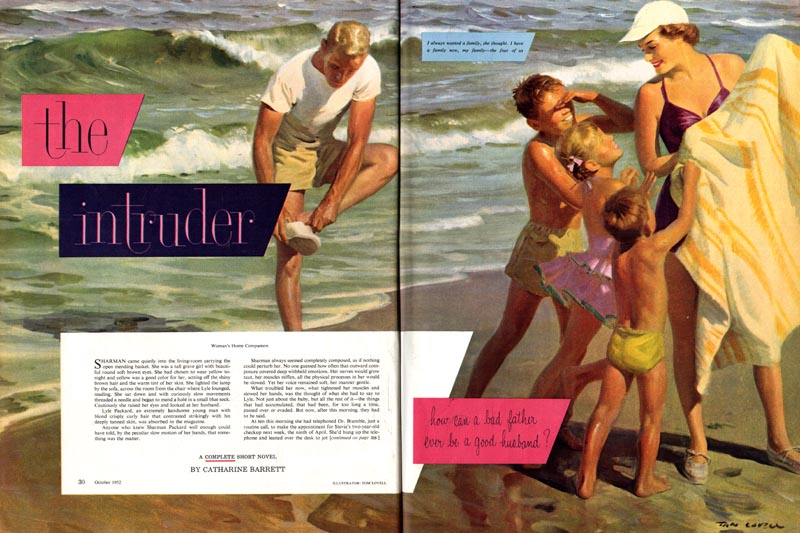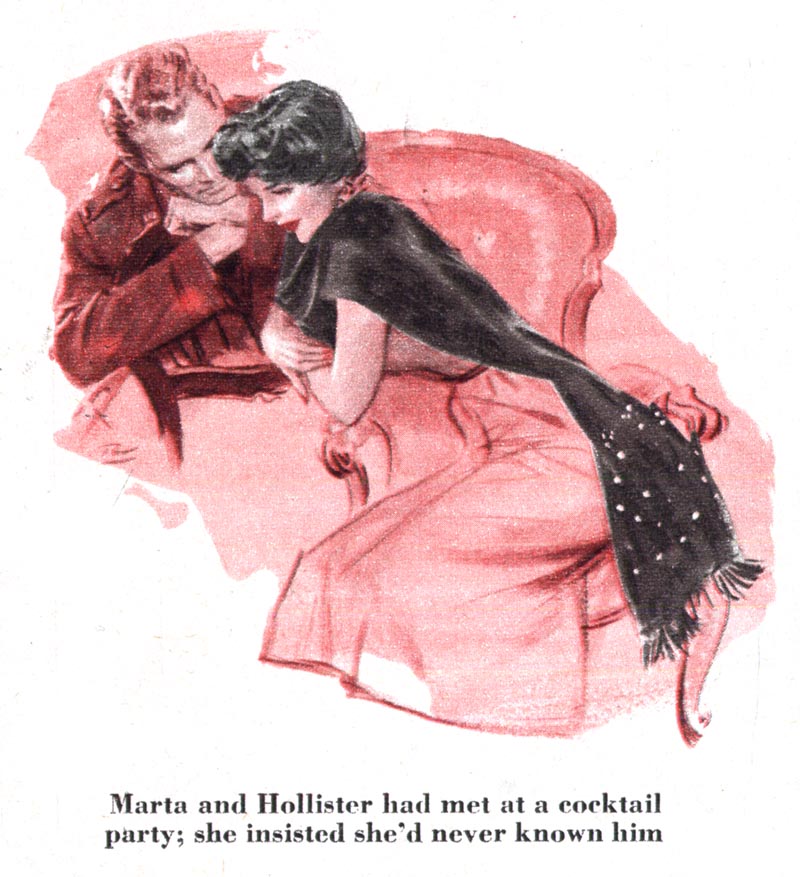
"... to study facial expressions, and to work out bodily actions and details of hands."

"In addition, an attractive wife..."

"... a young daughter,"

"... and a teen-aged, well-built son are often members of his private model agency."

"Also, Westport harbors a number of models whom the large concentration of illustrators use and with these and friends Tom is seldom handicapped for characters."

"Though he uses photography as an assist - sometimes employing the services of a commercial photographer, though more often using the camera himself - his final rendering is a composite of many shots and separate studies."
-Excerpt from Norman Kent's article on Tom Lovell in the December 1956 issue of American Artist magazine.
* My Tom Lovell Flickr set.
Tom Lovell, Norman Rockwell, Dean Cornwell and others were all tireless draftsmen, and finding just the right model, and staging everything to the smallest detail was paramount. But, John Clymer, Ben Stahl, Floyd Davis, Harold Von Schmidt and Harvey Dunn would often paint their characters (later in their career) from their imaginations.. using neighbors, relatives and friends only for difficult poses, but not for likeness. John Clymer told me he relied more on his imagination than the model, and like Lovell, looked in the mirror to do a hand, or an arm, etc., that he found particularly difficult. He said he preferred the subjectivity that came out of his imagination.. he could convey the essence of the pose stronger and more convincing from his imagination than if he used photos from models. But, he said he learned to draw and paint accurately from models early in his career, and stressed that was the key.
ReplyDeleteMy conclusion: Different strokes for different folks. ;-)
Tom Watson
I second what Tom just said there. Lovell also told me he sculpted a horse head that he used all the time for reference. For the Viking illustrations in National Geographic he made waterline models of the ships.
ReplyDeletethis may be odd, but i just saw two different examples of the sweater the lady in one of the illustrations is wearing, on ebay...a vintage sweater with suede front, weird square buttons that rotate. someone was selling it in two different colorways.
ReplyDelete